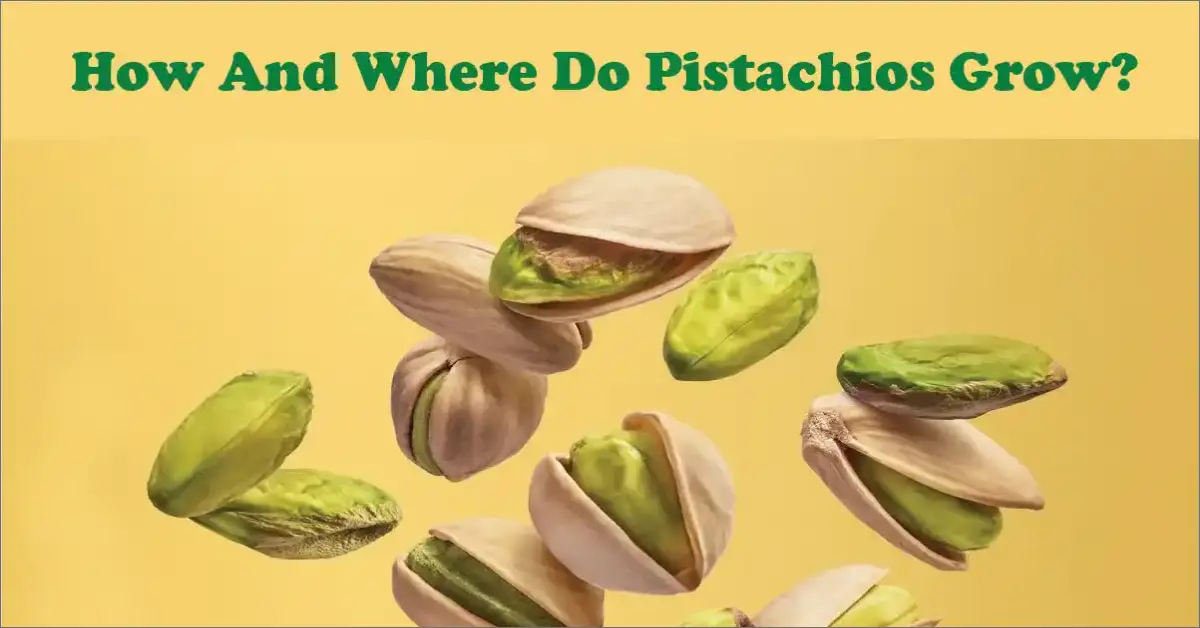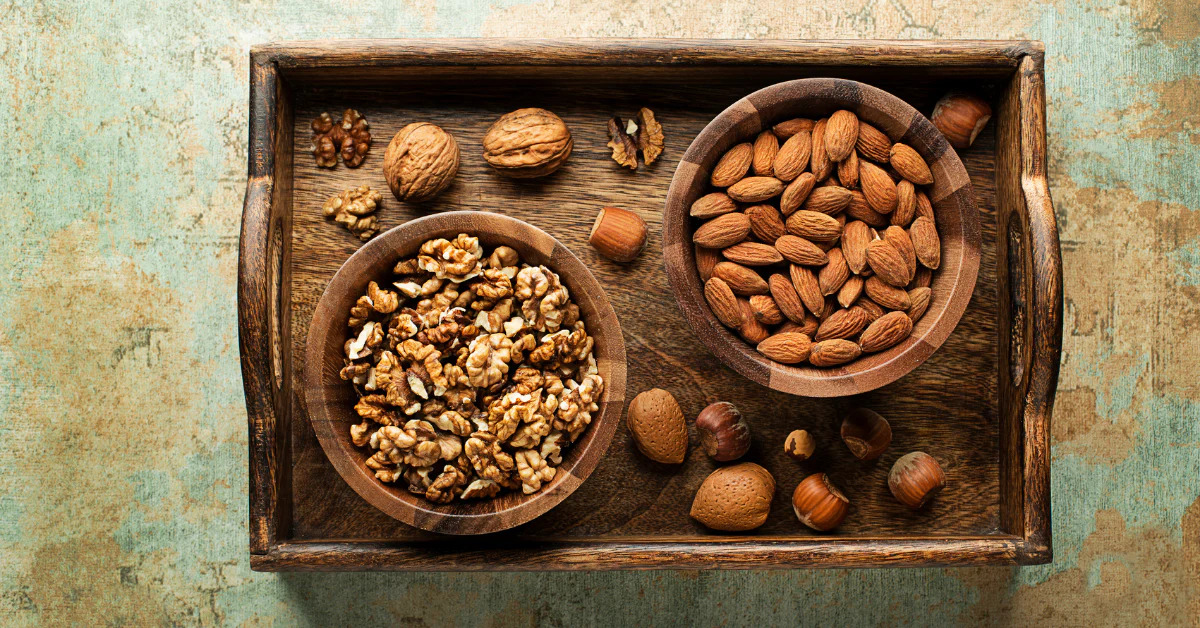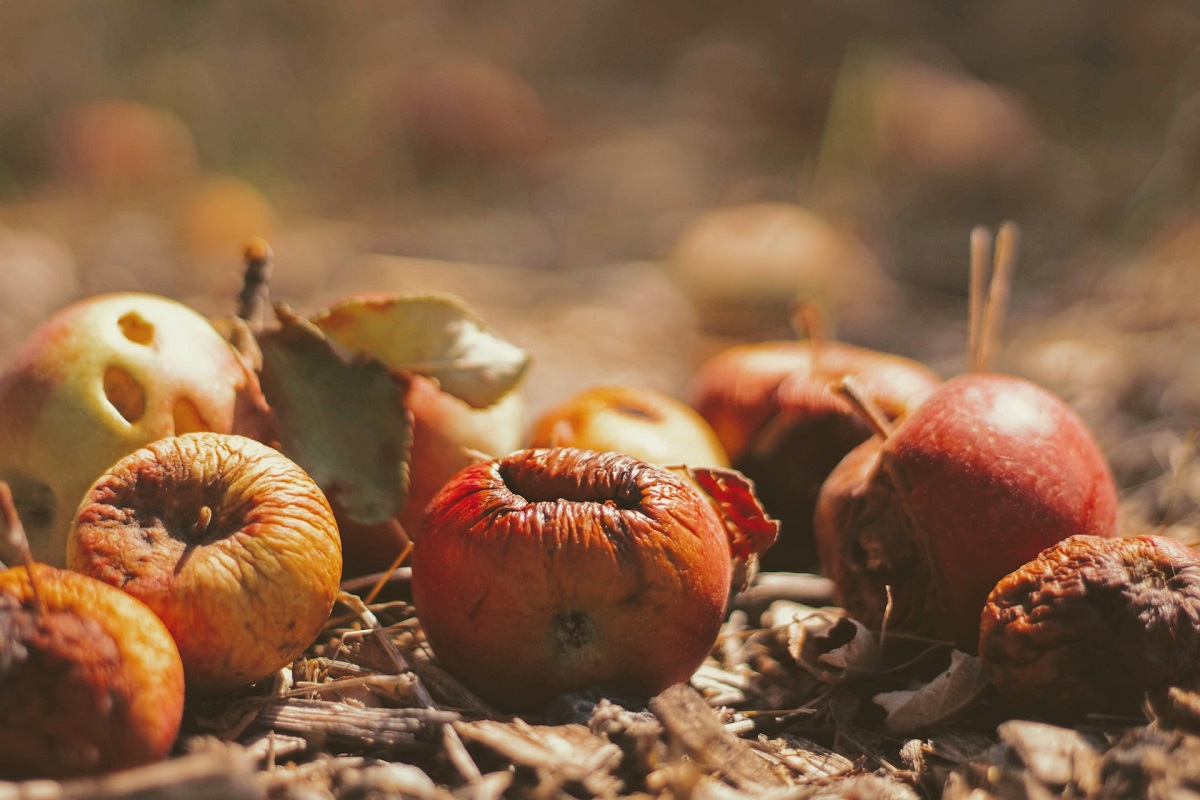How And Where Do Pistachios Grow? Pistachios Harvest
Pistachios are technically known as drupes and among one of the most popular nuts. These are expensive, so gardeners want to know how and where pistachios grow. Like most other nuts, the Pistachio is not a true nut and is technically a seed that grows inside the Pistachio’s tree drupe. These drupes dry and form a hard hull around the pistachio seeds. As a result, it appears like a nut. However, Pistachio is a nutritious snack and a fascinating crop with a rich history and unique growing requirements.
Although Pistachio is limited in areas and climates where it likes to grow, now it is grown in different parts of the world. It does very well when grown in its preferred climate.
If you are a pistachio lover, you are at the right place because we will describe what you need to know about your beloved nut and where do pistachios grow.
Where Does Pistachio Come From?

The pistachio tree originally comes from the Middle East and Central Asia. It has traversed continents and climates to establish itself in various corners of the world, including China, India, Italy, and the USA. The venerable Roman naturalist Pliny the Elder first documented pistachios as a food source, noting their cultivation since 6,750 BC and their introduction to Italy around 35 A.D. Over millennia, careful selection and cultivation have transformed the Pistachio from its ancient incarnations in Syria nearly 9,000 years ago into the familiar and conveniently consumable nut we recognize today.
Tree Characteristics and Habitat
The pistachio tree reaches up to 30 feet. Its fruitful endeavors demand the embrace of scorching summers, an essential ingredient for successful fruiting. The pistachio tree’s robust constitution can withstand chilling winter temperatures plummeting to 14°F (-10°C). However, its resilience falters in humidity, pleading for well-drained soil to sidestep the treacherous clutches of root rot.
Within the confines of the United States, these trees flourish within the embrace of USDA hardiness zones 8 to 10. Unfazed by drought and saline soil, the pistachio trees prefer their sunbathing ritual under full sunlight, and it’s advised to allocate approximately 30 feet of elbow room between neighboring trees. This thoughtful spacing is key, preventing overcrowding that could result in a meager harvest.
Growth Stages Of Pistachio Tree
The pistachio tree is a deciduous plant that grows relatively slowly, reaching around 20 to 30 feet. The tree’s growth follows distinct stages:
- Seed Germination: Pistachio trees start their life as seeds. Once planted, the seeds require a period of chilling to break dormancy. The requirement is met, and the seeds germinate, giving rise to a young seedling.
- Sapling Stage: The young seedling develops into a sapling with small leaves and a delicate stem. The sapling requires careful nurturing to ensure proper root and shoot development during this stage.
- Maturity and Fruit Bearing: As the pistachio tree matures, it produces clusters of male and female flowers. The male flowers release pollen from wind or insects to the female flowers for pollination. This process results in the development of pistachio nuts, which grow in clusters resembling grapes.
Ideal Growing Conditions For Pistachio
Where do pistachios grow that Pistachio trees thrive in regions with specific environmental conditions:
- Climate: Hot, arid climates with long, dry summers and mild winters are ideal. The trees require plenty of sunlight to produce high-quality nuts.
- Soil: Well-draining soil, preferably sandy or loamy, is essential to prevent waterlogging and root rot.
- Chill Hours: Pistachio trees have a chilling requirement, meaning they need a certain number of cold temperatures (usually below 45°F or 7°C) during the winter to break dormancy and promote healthy flowering and nut production.
- Pollination: As mentioned earlier, pistachios rely on wind or insect pollination for successful nut production. Planting male and female trees or using grafting techniques helps ensure proper pollination.
Global Cultivation Regions
While pistachios originated in West Asia, their cultivation has spread to various regions around the world, including:
- United States: California is the primary pistachio-producing state in the U.S., particularly in the San Joaquin Valley. The state’s climate and soil conditions are well-suited for pistachio cultivation.
- Iran: As one of the world’s largest pistachio producers, Iran has a rich history of cultivation. The country’s diverse climate zones allow for the growth of various pistachio varieties.
- Turkey: Turkey is another major pistachio producer, especially in the southeastern part. Turkish pistachios are known for their unique flavor and quality.
- Greece, Italy, and Spain: These Mediterranean countries also cultivate pistachios, often in more limited quantities than the major producers.
Harvesting And Processing Of Pistachio
Pistachios undergo several stages before reaching consumers:
- Harvesting: Pistachios are typically harvested once a year, generally in late summer or early autumn. The nuts are manually shaken or mechanically harvested from the trees.
- Drying: After harvesting, pistachios are spread out to dry in the sun or using specialized drying equipment. This process reduces moisture content and helps prevent mold growth.
- Processing: Once dried, pistachios are mechanically hulled to remove the outer shells. They are then sorted, graded, and packaged for distribution.
Interesting Facts About Pistachio Tree
Here are two most interesting facts about where do pistachios grow and pistachio tree that you must know:
1. Unisex Nature And Pollination
Pistachio trees, a testament to botanical individuality, exhibit a unisex demeanor, hosting either male or female flowers but never both. Orchards thoughtfully maintain a delicate equilibrium, with one male tree taking on the noble responsibility of fertilizing up to ten female counterparts. In the orchestrated ballet of nature, a solo female tree can take center stage; its destiny is interwoven with a grafted male branch. Here, insects take on the cupid role, transferring pollen from male flowers to receptive females. As the symphony of early summer unfolds, the blossoms paint the tree with their transient beauty, and as their petals fall, the crescendo of fruit development begins.
2. Biennial Quirk And Bountiful Harvests
The Pistachio, a botanical maestro of contrasts, dances to the rhythm of a biennial waltz. Instead of a uniform procession of fruits, it stages an intricate performance, yielding a modest crop one year and an abundant feast the next. The mature tree’s grand finale can manifest as an awe-inspiring spectacle, bearing the weight of over a hundred pounds of pistachios. Slowly ripening through the sultry summer, the drupe’s verdant attire gives way to a mature reddish-brown robe.
As September and October unfold, the outer hull transforms into a parched, loose casing. In a dramatic climax, the inner seed awakens, its formidable shell cracking open with a distinctive pop. This resounding note often echoes through the hull’s fragile confines, sometimes granting entry to unwelcome guests like insects and mold. Thus, the pivotal act of pistachio harvesting must be executed with swift precision upon ripening. Beneath the pistachio-laden canopy, tarpaulins create a canvas, and a simple tree-shaking maneuver orchestrates the descent of ripe drupes. In the grand theaters of commercial cultivation, mechanical agitators command the stage, ensuring a swift and harmonious harvest.
Conclusion
Now you clear where do pistachios grow so with its global journey and unique growth patterns, the pistachio tree stands as a remarkable botanical marvel. From its origins in arid regions to its widespread cultivation, pistachios have captured the hearts of gardeners and enthusiasts alike.
With its unisex nature and biennial cycles, the Pistachio’s growth stages unfold like a captivating symphony. The orchestrated pollination, bountiful harvests, and resilient characteristics showcase the beauty of nature’s design and human cultivation.
Whether savoring these nutritious delights or admiring the pistachio orchards, we are reminded of the intricate balance between nature and cultivation. The pistachio tree’s story is not just one of flavor but a tale of nature’s artistry and the fascinating dance of growth across seasons.
Read More: HOW TO MAKE A WILDFLOWER MEADOW



